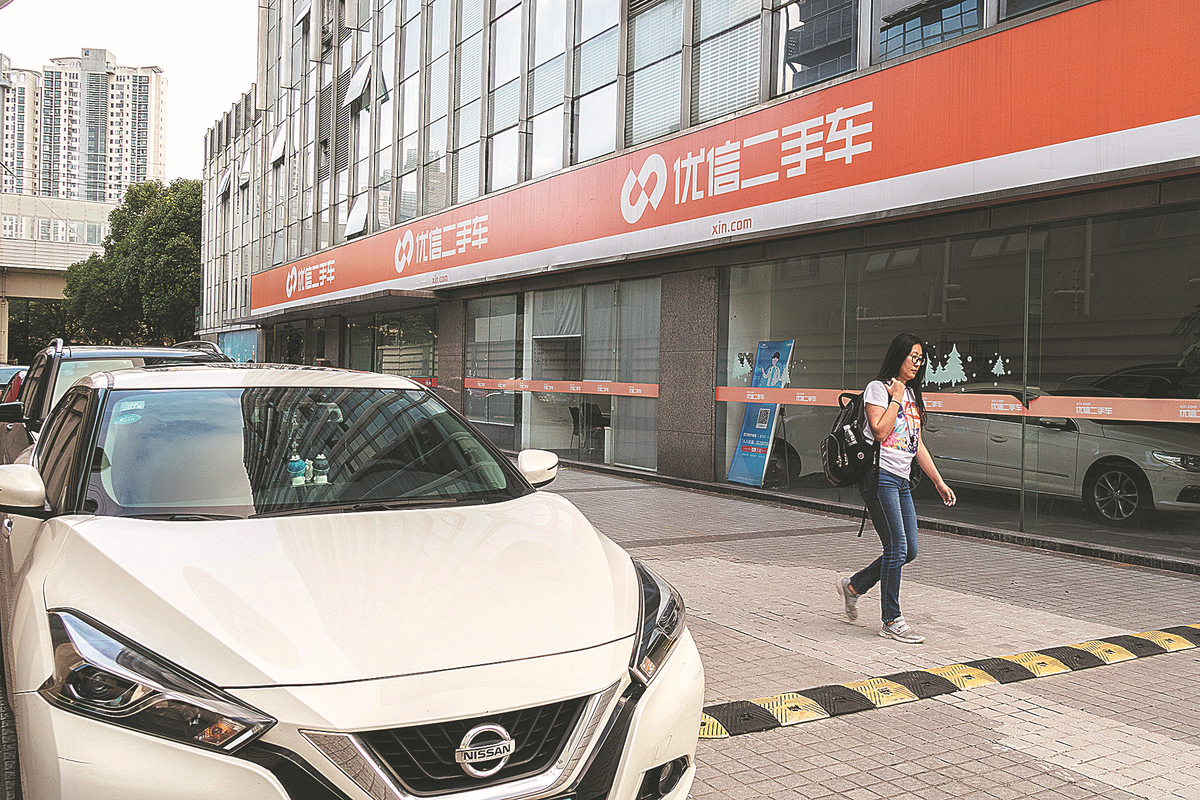Used car market set for shakeup

China's used car sector is expected to see growth as authorities are working to remove limits that have been impeding the sector's healthy development.
The Ministry of Commerce has said it is implementing a series of stimulus measures, such as scrapping unreasonable regulations on secondhand vehicle sales and bolstering their circulation.
The moves are part of its broader push to spur car consumption in China, the world's largest vehicle market.
Analysts said problems, such as cross-provincial transfer restrictions and high added-value taxes, are hurting the sector, adding that if the shackles are thrown off, the sector will grow faster.
Statistics from the China Automobile Dealers Association show that used automobile sales soared 15.23 percent year-on-year in the first four months of this year.
About 5.74 million used vehicles were sold from January to April, with a total transaction value of 361.14 billion yuan ($51.33 billion), according to the CADA.
In April alone, sales of secondhand vehicles in China topped 1.46 million units. The figure went down 6.59 percent month-on-month, but surged 33.03 percent year-on-year, the association said.
In May, the combined transaction value of used car sales in the country came in at 90.39 billion yuan, data revealed.
The sector is expected to skyrocket if the limits are removed, said analysts.
Also, financial tools are becoming more commonplace to assist the used vehicle trade.
Up to 64 percent of secondhand vehicle buyers in China used financial tools in 2022, hitting the same level as new vehicles, according to an annual study by J.D. Power.
The figure was 10 percentage points higher than in 2021. The penetration rate of new vehicle financing stood at 64 percent in 2022 as well, an increase of 2 percentage points from 2021.
The findings, released in May, were based on responses from 2,509 dealers, covering 55 vehicle brands and 90 finance providers across 87 cities in China, according to J.D. Power.
The study, now in its ninth year, examines dealer satisfaction with finance providers in two segments: retail credit and floor planning.
Retail credit is defined as the credit granted by auto financial service providers to vehicle buyers. Floor planning allows dealers to obtain loans from auto finance companies or banks to finance their inventory.
J.D. Power said the increase in the stock of used vehicles and financial institutions' investment are the two main driving factors for the significant increase in the penetration rate of used vehicle financing.
"China's automotive market has moved from the era of increment to inventory," said Joseph Yang, director of auto finance practice at J.D. Power China.
He said financial institutions engaged in auto finance will face great challenges if they cannot take the initiative to meet the demands of dealers and sales channels in the new scenario, such as new energy auto financing and used vehicle financing.
"The competitive pattern of automobile financing has begun to emerge in 2023. The next five years will be the key for China's auto financing companies to survive," said Yang.

